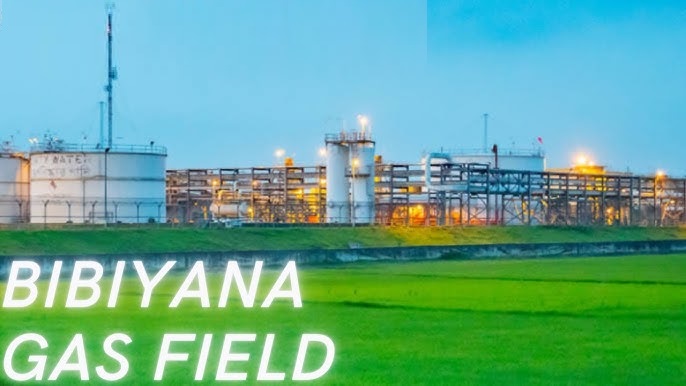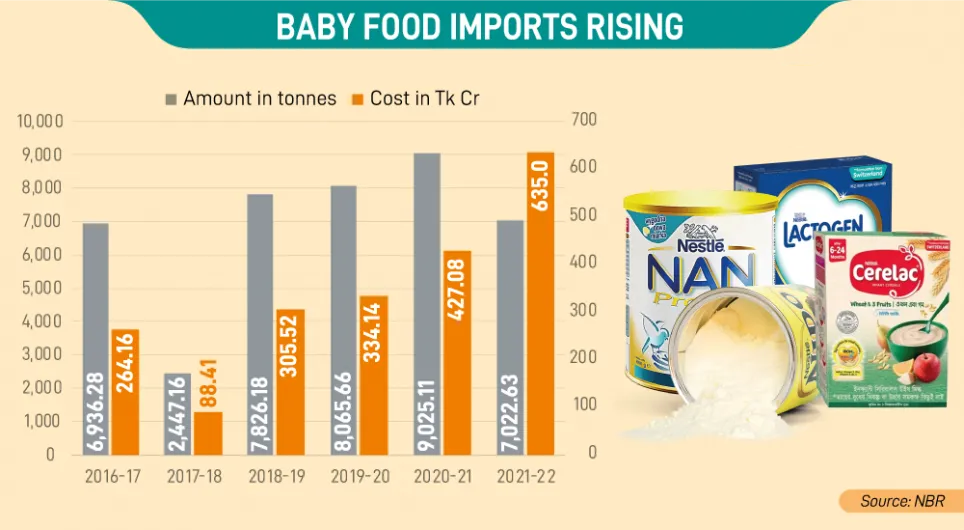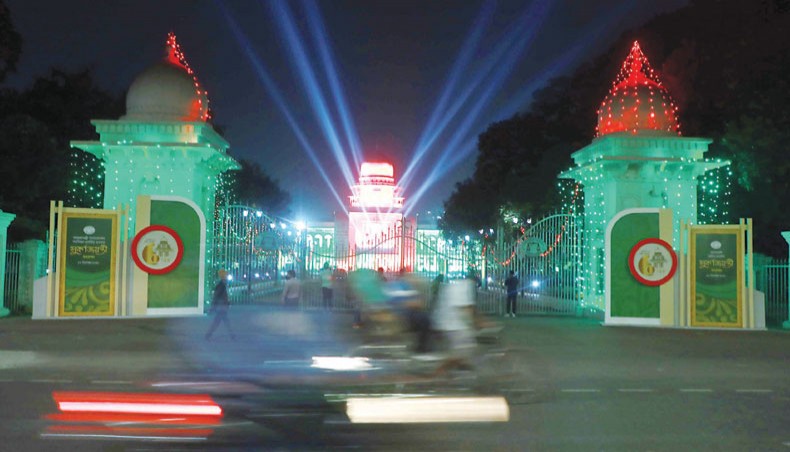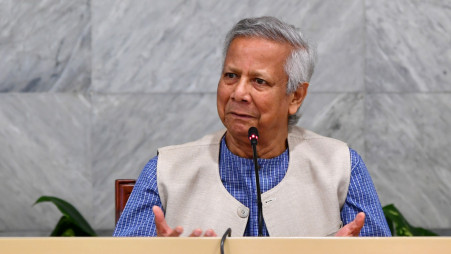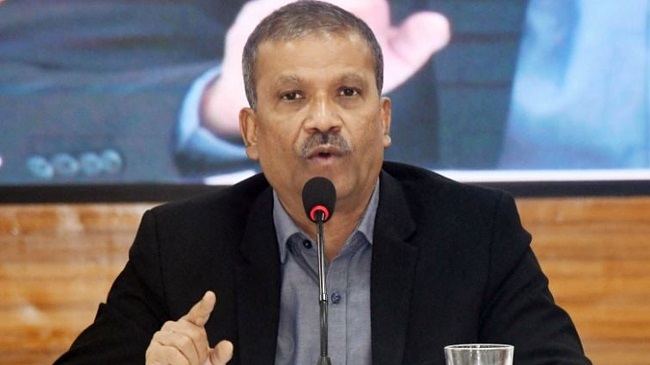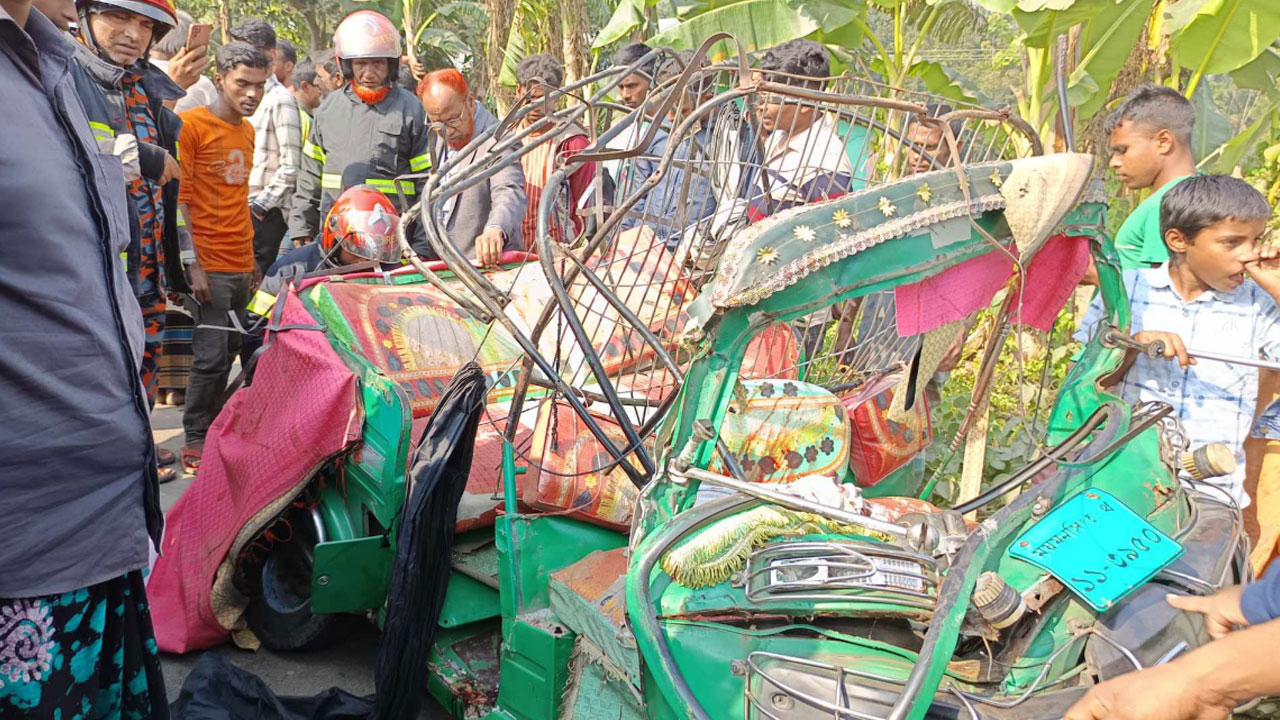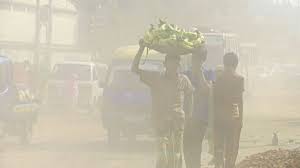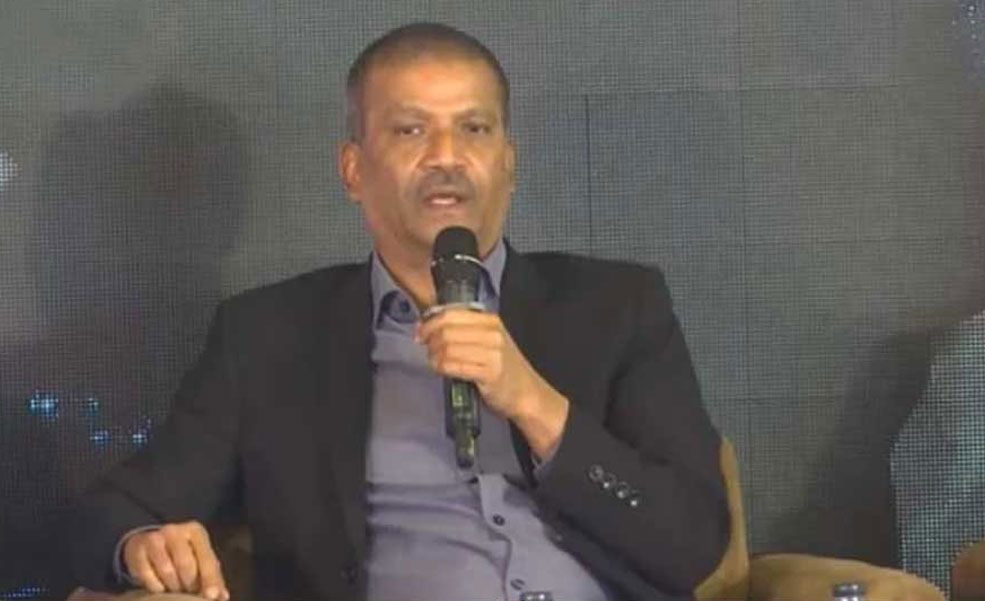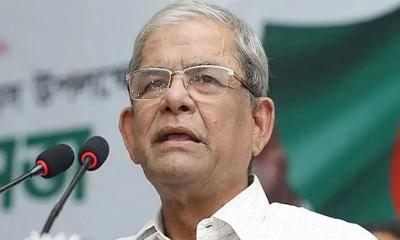Bangladesh’s over-reliance on Bibiyana gas field in Habiganj – which covers a staggering 45 per cent of the country’s demand – has become a matter of concern for Petrobangla, as production showed a year-on-year decline by nearly 100 million cubic feet per day (MMcf/d) in June 2022.
This revelation came at a time when the ongoing gas crisis reached a level critical enough to severely disrupt the production and supply of electricity in vast swathes of the country.
Operated by Chevron – a US oil company – Bibiyana produced 1,258 MMcf/d of gas on June 1 this year, a significant decline from 1,351 MMcf/d recorded on the same day last year.
On July 4 this year, Chevron extracted 1,230 MMcf/d of gas from this field. It should be noted that the Petrobangla website shows the current production capacity of Bibiyana to be 1,200 MMcf/d.
Sounding a note of caution, experts told that the over-extraction of gas from Bibiyana – beyond its capacity – is putting the country’s largest gas field in danger.
If this trend continues, gas production from Bibiyana could decline further or even stop in the next few years, and the country will be in big trouble if this happens.
The gravity of this situation becomes more apparent with the fact that there is currently no big gas exploration activity going on in Bangladesh, and production from existing gas fields is declining steadily.
Moreover, in recent times, Petrobangla has been struggling to buy liquefied natural gas (LNG) from the spot market due to high global prices. This issue has put parts of Bangladesh into a dreadful situation triggered by frequent power outages – also known as load-shedding.
According to Petrobangla data, commercial production in Bibiyana began back in 2007. The gas field had a confirmed reserve of 5.2 trillion cubic feet (Tcf) of the natural resource, and approximate extraction till date is 3.27 Tcf.
There are 20 gas fields currently in production in Bangladesh. Among those, only 15 per cent of the total gas comes from 16 fields, and 85 per cent comes from four others. Bibiyana is the top producer of gas in the country, singlehandedly meeting 45 per cent of the total demand.
Petrobangla officials say the production rate of all the gas fields in Bangladesh has been declining steadily for a decade, but this trend was not observed at Bibiyana in previous years.
Experts for finding new wells, renovation
During Ramadan this year, Bangladesh’s gas supply had dropped by nearly 400 MMcf/d due to maintenance at six wells in Bibiyana for a few days. The impact of this disruption was immediate and severe on households, industries, vehicles and gas-fired power plants.
At that time, Chevron said the disruption in gas production was caused after the six wells in Bibiyana became clogged with sand.
Discussing Bangladesh’s over-reliance on Bibiyana, two of Bangladesh’s leading experts, Prof Badrul Imam and Prof Mohammad Tamim recommend renovating the gas wells that had been closed for some time, and finding new gas wells to eventually replace Bibiyana.
Dhaka University Prof Imam added, “Excess extraction of gas from a well beyond its capacity could cause sand to flow in. This issue could damage the gas reservoir as well. Any further disruption in gas production at Bibiyana would trigger a crisis.”
Meanwhile, Prof Mohammad Tamim said, “The Bibiyana gas field will lose its productivity and become depleted sooner or later. Although Chevron is handling the extraction with efficiency, it is not enough for Bangladesh to rely on Bibiyana alone.
“The production there may go down or even halt completely at any moment. Petrobangla is not aware of the danger that may trigger in the coming days.”
‘Chevron ensures smooth production’
When asked whether gas is being over-extracted from Bibiyana, a Chevron technical official said, “The firm does not extract excess gas, but manages advanced technology-based reserves to ensure smooth production management.”
Meanwhile, Petrobangla Chairman Nazmul Ahsan said, “Due to the change in the tubing of the gas well, the pro duction capacity of Bibiyana has increased. I am not a technical person, so I do not know the matter clearly.
“But I will find out whether they [Chevron] have raised their extraction capacity or not.”
Bibiyana’s gas not inexhaustible
The Energy and Mineral Resources Division held a meeting with Chevron on July 4, to warn the company that Bibiyana’s gas is not inexhaustible.
An official present at the meeting, on condition of anonymity, said, “We are focusing on Bibiyana’s gas management. We have discussed [with the stakeholders] why production is declining there, and what can be done to boost production, as well as sustainability.”
The Bangladesh government recently directed to limit the import of LNG from the spot market. As a result, the supply of gas to the national grid has been reduced by 7 per cent – 8 per cent. It also directed the authorities to address this shortage by increasing gas production domestically.
State minister for Power, Energy and Mineral Resources Nasrul Hamid in a statement on 5 July said a short-term plan has been taken for an upgrade and work over of gas fields for the next three years.
This move would allow an additional 617 MMcf/d of gas to be added to the national grid from 48 wells, he mentioned.


